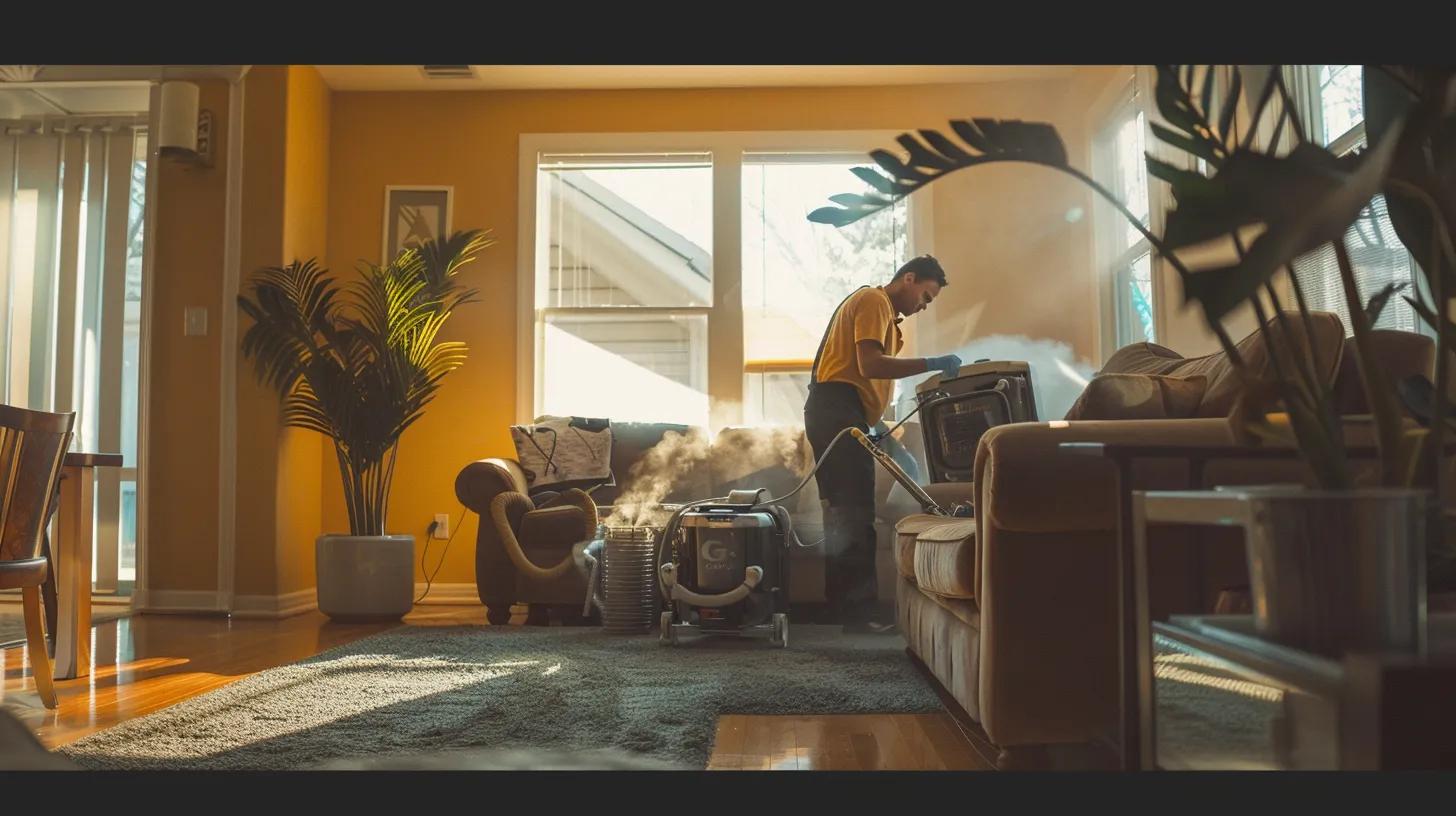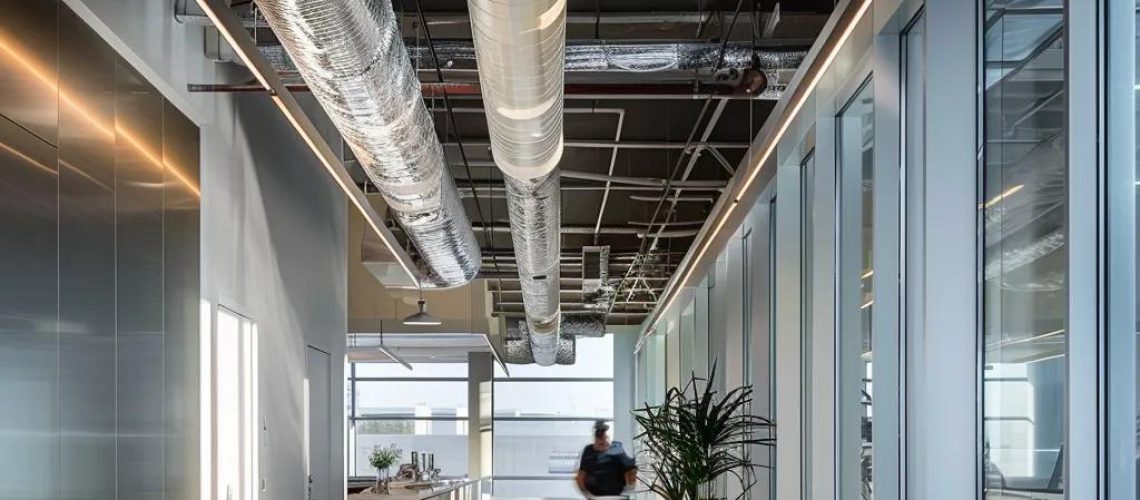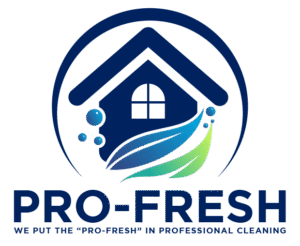
Air Duct Cleaning Benefits for Dust Reduction
Key Takeaways
- Air duct cleaning reduces household dust by removing accumulated debris.
- Cleaner ducts improve indoor air quality by eliminating contaminants and allergens.
- Regular cleaning enhances HVACefficiency, lowers energy consumption, and extends equipment lifespan.
- Post-cleaning practices like filter replacement and inspections sustain dust reduction and cleanliness.
Understanding How Air Duct Cleaning Reduces Household Dust

Air duct cleaning removes layers of dust and debris from ductwork. Homeowners may consider air duct cleaning in houston as a practical solution when dust accumulates in ducts, since it can re-enter living spaces with each HVAC cycle. Removing this buildup minimizes both immediate dust levels and its recirculation.
Removing Accumulated Dust and Debris From Ductwork
Over time, dust, pet dander, and other particles settle on duct surfaces, often prompting homeowners to consider air duct cleaning in houston. Professional cleaning uses high-powered vacuums, brushes, and agitation tools to dislodge over 80% of built-up dust, ensuring that contaminants are not continuously reintroduced into indoor air.
Preventing Dust Recirculation Throughout Your Home
When dust remains in ducts, every HVAC cycle circulates these particles into rooms. Cleaning the ducts cuts this cycle, resulting in visibly reduced dust on furniture and surfaces and lowering the chance of allergy triggers.
Improving Airflow for Less Dust Settlement
Dust buildup can block airflow, affecting temperature balance and system efficiency. Clean ducts allow unobstructed air passage, leading to improved HVAC performance, more consistent temperatures, and reduced dust settlement.
The Impact of Clean Ducts on Overall Home Cleanliness
By preventing contaminants from reentering living areas, clean ducts contribute to a healthier environment, reducing the need for frequent cleaning and helping surfaces remain cleaner for longer periods.
How Professional Cleaning Reaches Hidden Dust Sources
Professionals use flexible cameras, high-powered vacuums, and rotary brushes to access hard-to-reach areas. This method removes dust from corners, bends, and crevices, which often remain untouched in DIY cleaning.
The Connection Between Cleaner Ducts and Improved Indoor Air Quality
Regular duct cleaning eliminates airborne contaminants, ensuring that bacteria, dust mites, mold spores, and allergens do not accumulate. This leads to cleaner, healthier indoor air for all residents.
Eliminating Airborne Contaminants and Pollutants
During cleaning, particulate matter, chemical residues, and pathogens are removed with the dust. Studies indicate that many occupants notice fewer respiratory irritations after professional duct cleaning, highlighting its role in maintaining safe indoor air, especially in polluted urban areas.
Reducing Allergens Like Dust Mites and Pollen
Contaminated ducts can reintroduce allergens such as dust mites and pollen into the home. Professional cleaning reduces these allergens, helping to alleviate symptoms like sneezing and congestion for allergy sufferers.
Minimizing Pet Dander Circulation
For pet owners, duct cleaning is especially helpful. Removing pet dander from ducts lessens its recirculation, which benefits households with sensitive individuals or those prone to pet allergies through improved air quality.
Decreasing Mold Spores and Bacteria in Your Air System
Mold and bacteria thrive in moist, dusty environments inside ducts. Effective cleaning not only eliminates visible dust but also reduces microbial growth, thereby lowering the risk of mold-related health issues.
Health Advantages of Dust Reduction Through Air Duct Cleaning

Reducing dust in ducts benefits health, particularly for people with respiratory issues, allergies, or weakened immune systems. Cleaner ducts mean fewer airborne irritants, diminishing stress on the respiratory system.
Alleviating Allergy and Asthma Symptoms
Removing dust and allergens helps reduce episodes of sneezing, wheezing, and shortness of breath. Many patients have noted improved lung function and fewer emergency visits after professional cleaning sessions.
Supporting Better Respiratory Health for Occupants
Less exposure to dust and contaminants supports better respiratory health overall. This is especially important for children and the elderly, who are more vulnerable to pollutants, potentially reducing infections and chronic lung conditions.
Creating a Healthier Environment for Children and the Elderly
Cleaner air contributes to improved sleep patterns, fewer coughs, and overall better health in children and the elderly, making the indoor environment safer and more comfortable.
Reducing Irritants That Can Cause Coughing and Sneezing
Removing dust from ducts minimizes irritants that often trigger coughing and sneezing, enhancing overall comfort and reducing days lost due to respiratory issues.
Enhancing HVAC System Efficiency by Removing Dust
Dust not only affects air quality but also reduces HVACefficiency. Clean ducts enable the system to operate as intended, leading to better performance, lower energy consumption, and a longer lifespan for equipment.
How Dust Buildup Restricts Airflow
Dust clogs the ductwork and forces the HVAC system to work harder, which increases energy consumption and elevates the risk of premature equipment failure. Cleaning removes this blockage, ensuring efficient system operation.
Improving System Performance With Clean Ducts
Restoring proper airflow through duct cleaning results in a more consistent indoor climate. Cleaner systems often show performance improvements of up to 15%, enhancing overall comfort and extending equipment life.
Potentially Lowering Energy Consumption and Utility Bills
An efficient HVAC system does not overwork to maintain temperatures, leading to lower energy consumption and reduced utility bills—a benefit often reported by homeowners after professional cleaning.
Extending the Lifespan of Your HVAC Equipment
Regular removal of dust prevents abrasive wear on moving parts of the HVAC system, reducing friction and extending its service life, thereby lowering repair and maintenance costs over time.
What to Expect From Professional Dust Reduction Air Duct Cleaning Services

Professional services provide a comprehensive cleaning process that tackles every dust source in the HVAC system using industry-standard tools and techniques.
The Process of Thorough Duct System Cleaning
Cleaning begins with an inspection using cameras to identify heavy dust buildup. Technicians then use vacuums and brushes to remove debris from every part of the duct system, a process that typically takes one to three hours depending on system complexity.
Specialized Equipment Used for Optimal Dust Removal
State-of-the-art equipment such as truck-mounted vacuums, rotary brushes, and HEPA-filtered systems ensure that even the finest particles are captured, making the cleaning process both efficient and safe.
Identifying and Addressing Sources of DuctContamination
During cleaning, technicians identify issues like mold growth or duct damage that may require repair. Addressing these problems not only improves current cleanliness but also prevents future dust accumulation.
Ensuring All Components of the HVAC System Are Addressed
A complete service includes cleaning registers, grilles, and coils along with the main ducts. This holistic approach maximizes overall system performance and keeps all sources of dust in check.
Maintaining Reduced Dust Levels and Better Air Quality Post-Cleaning
After a professional cleaning, maintaining indoor air quality is an ongoing process. Regular maintenance and good housekeeping practices work together to keep dust levels low.
The Importance of Regular HVAC Filter Replacement
Replacing clogged HVAC filters on a regular schedule (typically every three months) is critical to preventing new dust buildup and preserving the benefits of duct cleaning.
Scheduling Future Air Duct Cleanings for Sustained Benefits
Periodic professional cleanings, often annually or bi-annually, help manage new dust accumulation and maintain optimal indoor air quality and HVACefficiency.
Simple Home Practices to Minimize Dust Accumulation
Simple steps such as regular vacuuming, proper dusting, and maintaining optimal humidity levels complement professional cleaning efforts and help sustain a clean indoor environment.
Recognizing Signs That Indicate a Need for Duct Cleaning
Be alert for increased indoor dust, uneven temperatures, higher energy bills, or musty odors. These signs indicate that duct cleaning may be required to avoid long-term damage and maintain air quality.
Table: Benefits of Professional Air Duct Cleaning
| Benefit | Description | Impact on Health/Performance |
|---|---|---|
| Dust Removal | Eliminates over 80% of built-up dust and debris | Reduces respiratory irritants |
| Improved Airflow | Restores optimal airflow by removing obstructions | Enhances HVAC efficiency and comfort |
| Reduced Allergen Recirculation | Lowers circulation of dust mites, pollen, and pet dander | Supports allergy and asthma relief |
| Extended Equipment Lifespan | Decreases system strain and prevents wear and tear | Lowers maintenance and energy costs |
| Comprehensive Contaminant Removal | Removes mold spores, bacteria, and chemical residues | Promotes a healthier indoor environment |
Frequently Asked Questions
Q: How often should air ductsbe cleaned?
A: Typically every 3 to 5 years, with more frequent cleaning recommended for homes with pets or allergies.
Q: Does duct cleaningreally improve indoor air quality?
A: Yes, removing dust, allergens, and contaminants significantly enhances indoor air quality.
Q: Can I perform air duct cleaningmyself?
A: DIY methods exist but professional cleaning is more thorough and uses specialized tools.
Q: How does improved airflowaffect HVACperformance?
A: Better airflow reduces system strain, lowers energy consumption, and extends equipment lifespan.
Q: Is there any noticeable difference after cleaning?
A: Homeowners often notice less dust, improved air quality, reduced allergy symptoms, and lower utility bills.
Final Thoughts
Air duct cleaning is essential for a healthy, dust-free home environment. By removing dust and debris from ducts, households enjoy improved indoor air quality, enhanced HVACefficiency, and numerous health benefits such as reduced allergy and asthma symptoms. Regular professional cleaning, combined with diligent filter maintenance and routine housekeeping, ensures long-term comfort and performance. Maintaining this schedule keeps your home cleaner and your HVAC system operating optimally.







